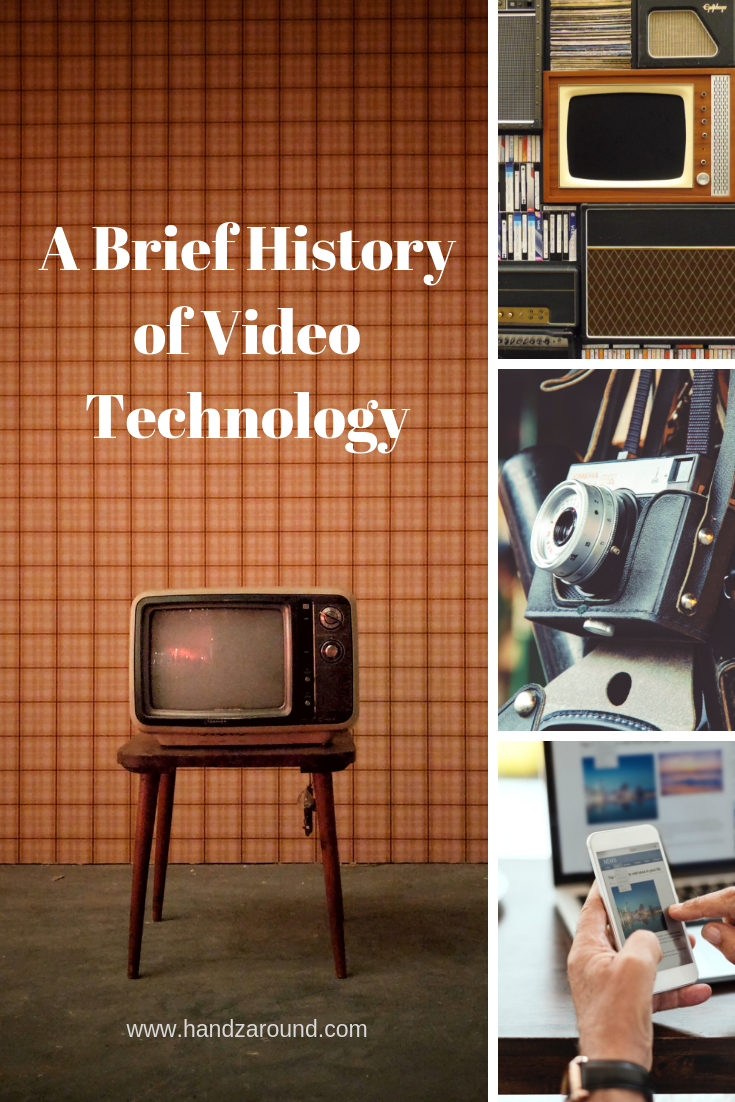As you may know a big part of our travels are videos. We take our cameras pretty much everywhere and we film lots of things we get up to and people we meet. That’s why we thought it would be interesting to look back at how the video technology became to so widely available in today’s world.
The last century or so has seen truly amazing leaps forward in the field of technology. Starting with grainy images and travelling to Ultra HD in a century has been a helluva ride, so much so that the so called ‘inventor of cinema’ Marey’s invention of a camera that looks like a shotgun (the term ‘shooting a film’ apparently came from this’ now looks incredibly anachronistic, though at the time it was revolutionary. From the Lumière brothers to the Coen Brothers, fromMéliès A Trip to the Moon to James Cameron’s Avatar, the history of video technology has been incredibly exciting.
Beginning of Cinema
The beginning of cinema was a quest to find the right technology to shoot continuous images, and the Lumière brothers hit on a solution in the early part of the 20th century, and then there was no going back. After this, cinema going became a very popular pastime, with 65% of people going to the cinema at least once a week in the 30s, and many movies from the so called ‘golden age’ of Hollywood still hold a special place in many of our hearts (Think the final scene from Casablanca, or Gone with the Wind).
Rise of Television
The next revolution in video technology came with the rise of the television as a commodity for mass consumption. The subsequent rise in colour television meant that it was becoming increasingly popular to sit around the box and watch important events and the latest TV shows, such as the moon landing in 1969, which was watched by 600 million people.
Flat screens enter our homes
Home entertainment video technology continued to improve in the second part of the 20th century, and in the 90s, the era of bulky and cumbersome TVs and slapping your box on the side to fix the aerial was over. Flat screen TVs were born. Increasingly, it was less common for all of the family to sit around the box and watch TV, as most households now had multiple sets.
Laptops and the iPads
Another revolution came in the early 00s, with the rise of the laptop and the invention of the iPad and the iPhone (which was first released in 2007). This changed the way we can watch, as it enabled us to watch TV and movies on the go, and perhaps also changed the things we watched.
Streaming takes over
Now it is the era of Netflix and streaming. We ‘binge watch’ shows, unlike back in the day when we waited religiously for episodes of our favourite show, and we ‘Netflix and Chill’ with our dates rather than going to the cinema. Netflix and other streaming services are also encroaching on the areas formerly controlled by the traditional media, for example Netflix has begun to pick up awards at awards ceremonies formerly dominated by traditional film studies, which has upset the balance in the film and TV industry, and it will be interesting to see how this develops in the next few years.
The future of video technology is clearly going to be fascinating. Video walls are a new way in which we can watch and engage with content, and streaming services are continually changing the way in which we engage with, watch, and even think about media and art. The future of media is going to be exciting.
Cover image by Chris Lawton.
This post was contributed by Mia Clark from Userful.com
DID YOU LIKE IT?
SHARE IT WITH OTHERS!







































